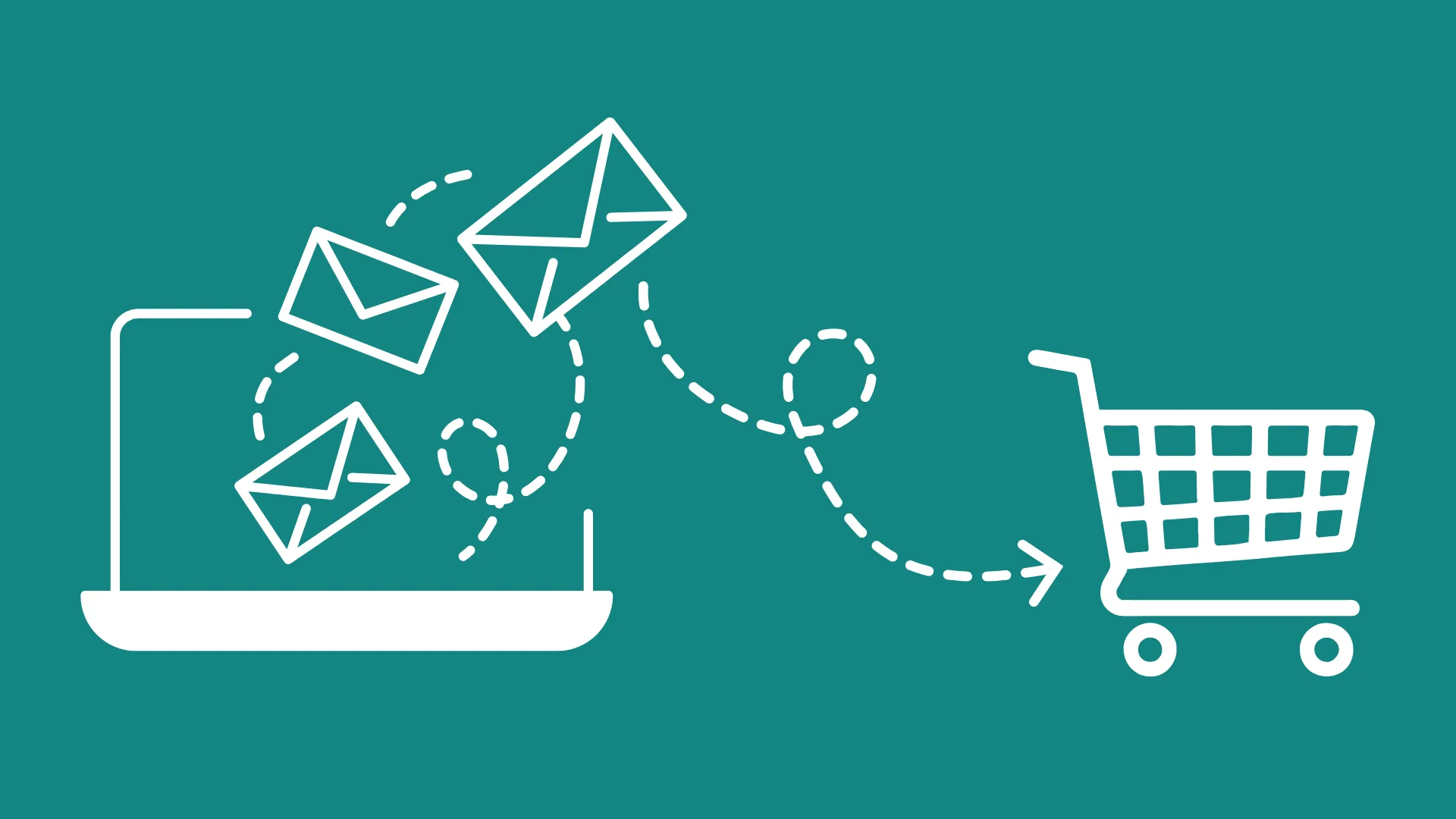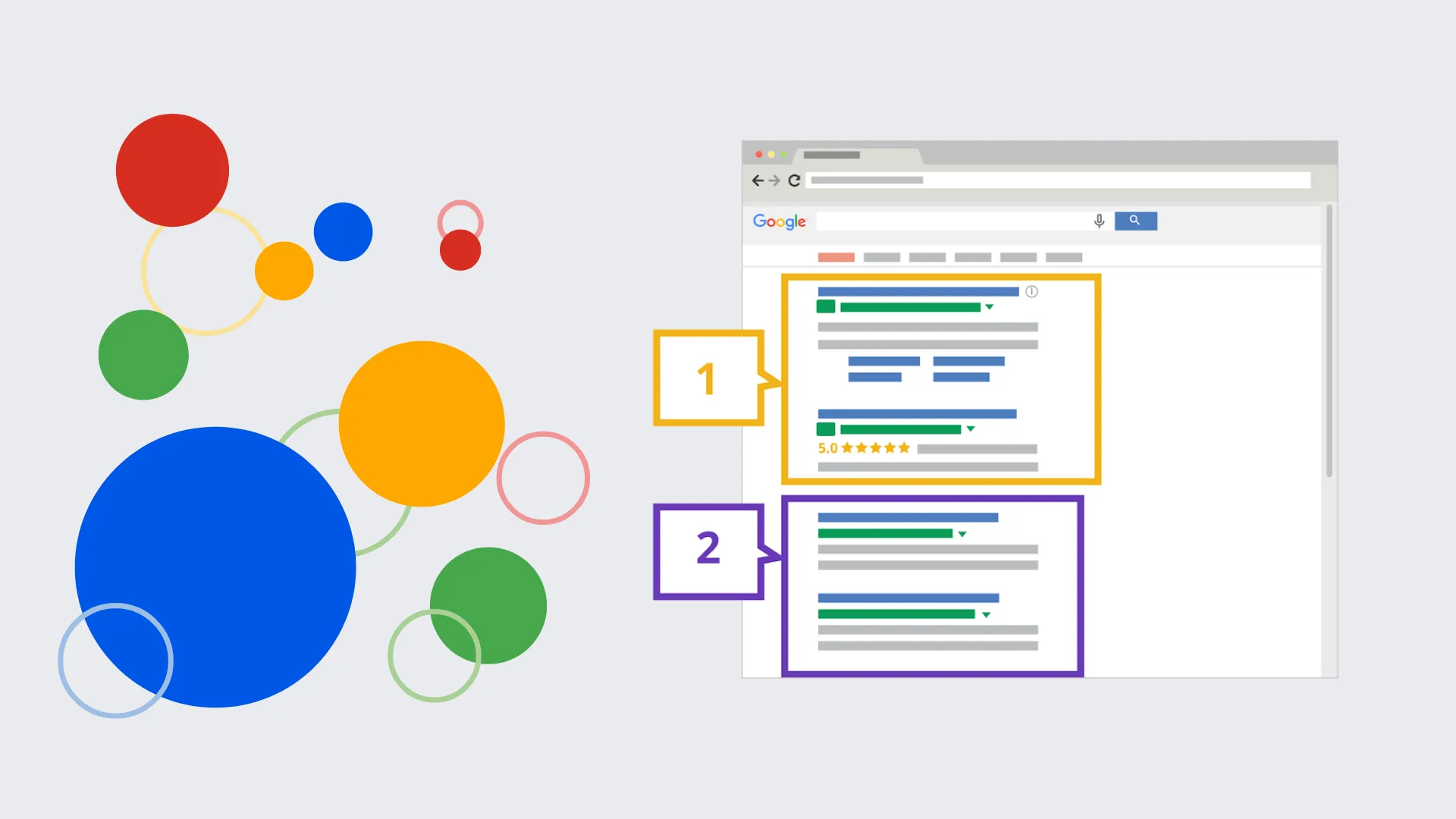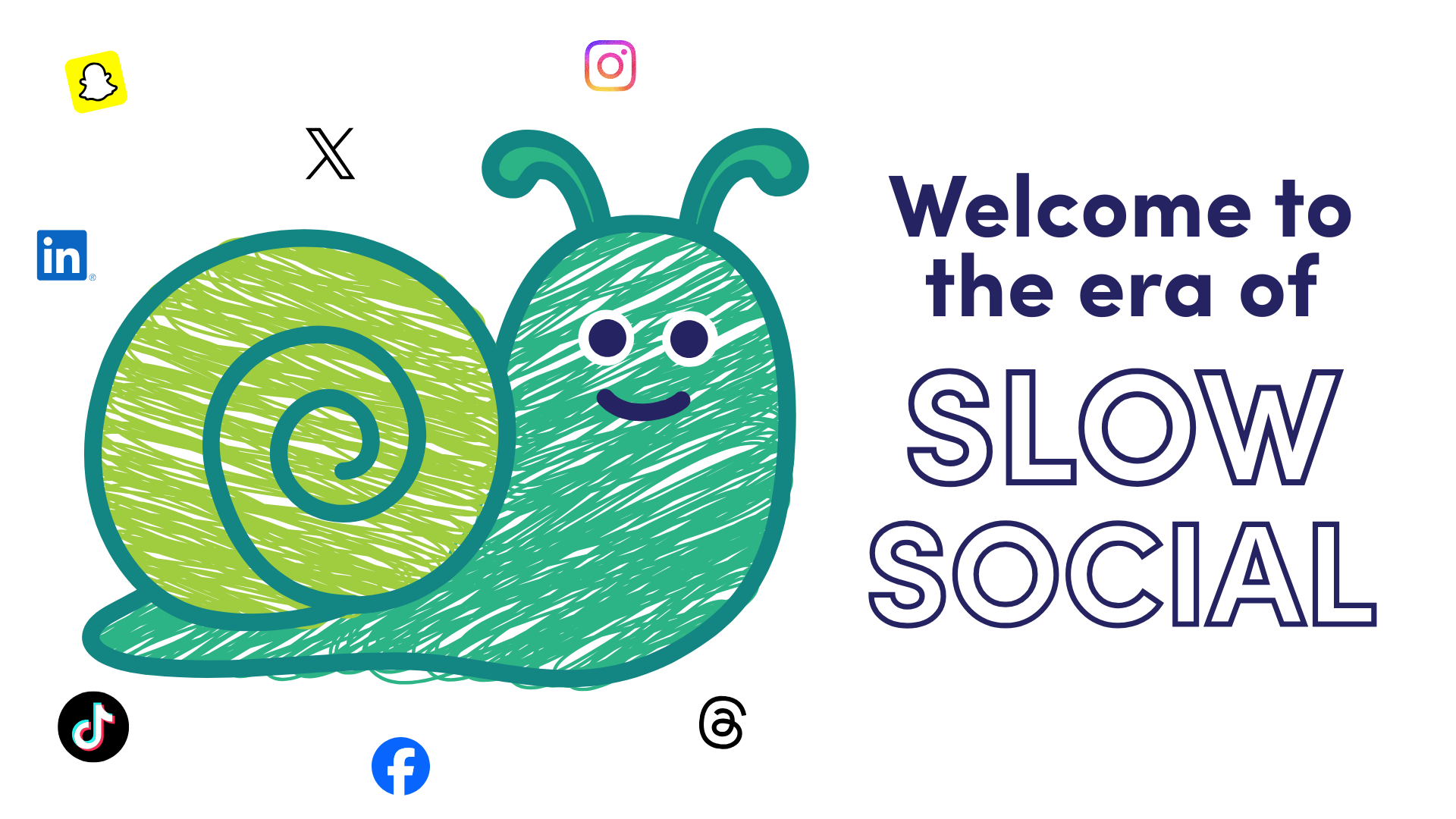A billion searches were made on ChatGPT last week alone. Now, OpenAI is turning those queries into a powerful new retail experience.
ChatGPT recently launched its AI Shopping Assistant for fashion, beauty, home goods and electronics, allowing users to browse curated product recommendations, compare prices, read reviews and click through to purchase – all in a seamless, ad-free interface.
Unlike Google Shopping or Amazon, the results shown in ChatGPT don’t include paid placements. There are no sponsored ads. Instead, product recommendations appear based on relevance, popularity and the context of the conversation.
Welcome to the age of conversational shopping.
What is the ChatGPT AI Shopping Assistant?
It’s like a smart personal shopper built into ChatGPT.
Whether you’re searching for “a red t-shirt under $30 to match my new sneakers” or asking, “Which espresso machine is best for a small kitchen?”, ChatGPT responds with image tiles, product specs, customer reviews, pricing from multiple retailers and direct links to buy.
It streamlines what used to be a fragmented process across search engines, social platforms and multiple open tabs into a single, flowing dialogue. And with memory enabled, it can even learn your preferences over time.
For example:
A user types: “I need a dress for my 40th birthday party.”
ChatGPT responds with follow-up questions: What’s the party vibe? Preferred colours? Budget?
After gathering context, it presents a curated list of options across trusted retailers, complete with styling tips, reviews and return policy comparisons – just like a conversation with a knowledgeable shop assistant.

Why this matters for e-Commerce brands
This becomes more than a feature update – it’s a major change in how consumers discover and evaluate products. As ChatGPT continues to gain traction as a shopping gateway, businesses need to rethink their digital strategies.
How businesses can optimise for ChatGPT’s shopping experience
1. Embrace GEO (Generative Engine Optimisation)
Much like SEO optimises for search engines, GEO focuses on optimising content for AI assistants like ChatGPT.
Key GEO principles include:
-
Conversational clarity: Use natural, user-focused language in product descriptions.
-
Structured, enriched data: Ensure up-to-date details like pricing, inventory and specs are clearly formatted and easily crawlable.
-
Review integration: Compile and display authentic customer reviews from trusted sources.
-
Contextual relevance: Address nuanced questions your customers are actually asking. (e.g. “Is this chair good for remote workers with back pain?”)
2. Ensure Product Feed Quality
ChatGPT currently sources data from third-party providers and publicly available content, but OpenAI is working on enabling merchants to submit product feeds directly. Get ahead by preparing your feeds now – clean, structured and rich in detail.
You can even sign up to be notified when their feed submissions open.
3. Partner with Compatible Platforms
ChatGPT has hinted at integrating with platforms like Shopify for end-to-end shopping. Being on these platforms may offer early access to future features, such as native checkouts within ChatGPT itself.
A new purchase journey: Frictionless, personalised & organic
Traditionally, consumers would start at a search engine, bounce through review sites, comparison tools and marketplaces before finally clicking “buy.” It’s fragmented – and full of ads.
ChatGPT collapses this into a single conversation. The assistant can answer follow-up questions, provide side-by-side comparisons and even remember past preferences (in select regions). All results are organic and selected by the AI, not a bidding system.
It’s a signal to focus less on interruptive marketing, and more on earning a place in the conversation.
Where does this leave the future of online retail?
ChatGPT’s shopping assistant is still in its early days but the direction is clear. As generative AI becomes the new front door to the internet, the battleground for attention is shifting from search rankings and social feeds to conversational relevance.
Brands that adapt early will gain a competitive edge. That means:
-
Investing in natural-language product content
-
Structuring your product data for AI consumption
-
Building trust through third-party reviews and transparent information
In the not-so-distant future, your customer might not find you through Google or Instagram – but through a conversation with an AI assistant.
This isn’t just ChatGPT learning to shop – it’s consumers learning to shop differently. In a world overloaded with choice, noise and ads, people are turning to AI for simplicity and clarity. Is your brand ready to be part of that conversation?

Once upon a time, Black Friday was a single weekend event that followed Thanksgiving in the U.S. It's basically their version of Boxing Day sales but with [...]

People are opening your emails. They’re clicking your links. But… they still haven’t converted. You're first reaction is probably, "My emails aren't working." But that's not actually [...]

We’ve entered a new era of marketing - one where your content is no longer just read by people. It’s interpreted by AI. From Google’s Search Generative [...]

For months, we’ve all been wondering what the future holds for Google Ads with AI Overviews and the new AI Mode changing the way people interact with [...]

It’s not your imagination - social media feels a little quieter these days. Posts that once racked up likes, comments and shares are now met with a [...]

Something has shifted online this year, and if you work in marketing, you’ve felt it. Feeds feel noisier, yet somehow emptier. Search results loop endlessly. Trends peak [...]

Engaging with your audience may be more powerful than most social media teams realise. A new data study from Buffer has revealed that responding to comments on social [...]

Once upon a time, Black Friday was a single weekend event that followed Thanksgiving in the U.S. It's basically their version of Boxing Day sales but with [...]

People are opening your emails. They’re clicking your links. But… they still haven’t converted. You're first reaction is probably, "My emails aren't working." But that's not actually [...]

We’ve entered a new era of marketing - one where your content is no longer just read by people. It’s interpreted by AI. From Google’s Search Generative [...]

For months, we’ve all been wondering what the future holds for Google Ads with AI Overviews and the new AI Mode changing the way people interact with [...]

It’s not your imagination - social media feels a little quieter these days. Posts that once racked up likes, comments and shares are now met with a [...]

Congratulations. You’ve already beaten the odds. On average, 8 out of 10 people will read the headline of a piece of content - but only 2 out [...]

AI tools like ChatGPT, Google Gemini and Perplexity are quickly becoming part of how people discover websites. Instead of searching Google directly, users are asking AI tools [...]

We often hear that attention spans are decreasing, particularly among Gen Z. Social media platforms like TikTok and Instagram are often blamed, with headlines suggesting that endless [...]

